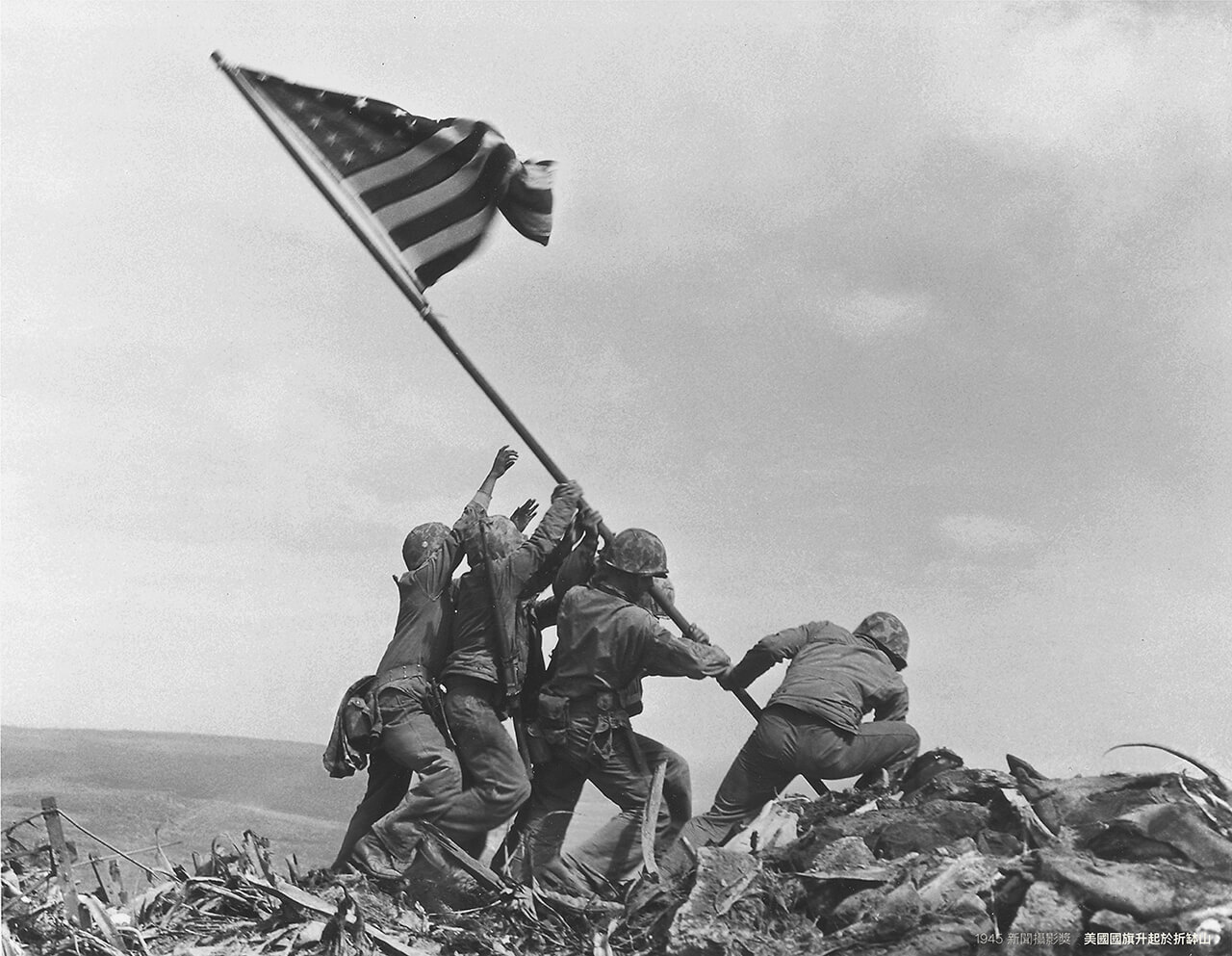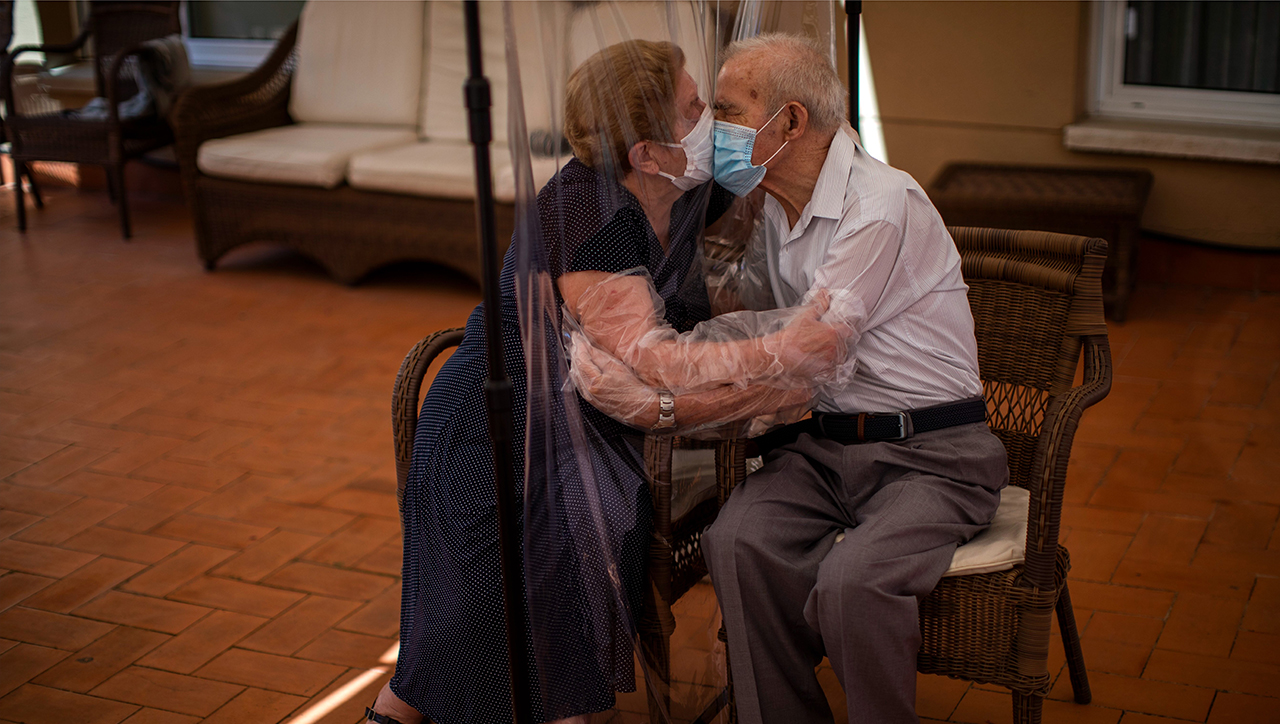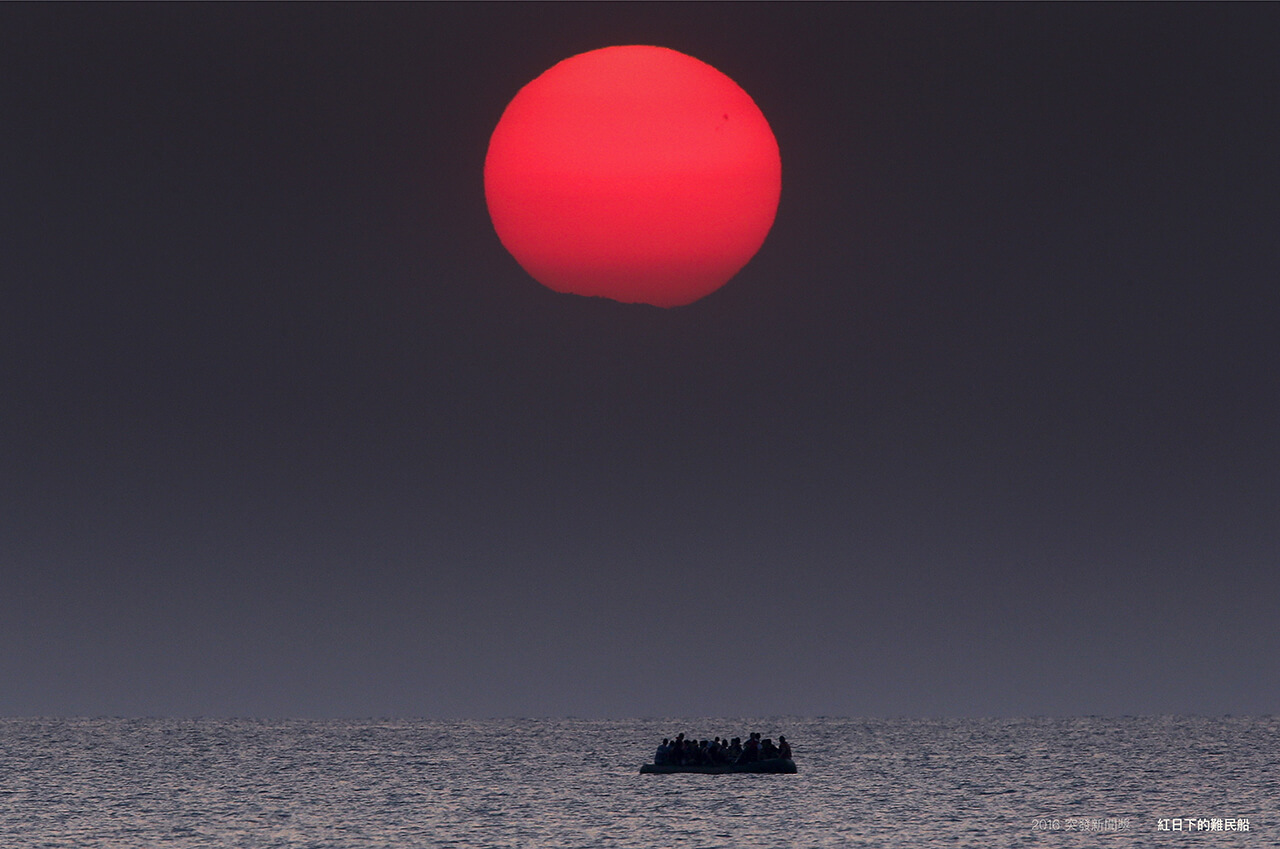The moment photojournalists from the “Pulitzer Prize for Photography” snapped their shutters, history was branded on the trajectory of the world. These photographs, speckled with blood and tears, give us a real look at the moments when cruelty met warmth. When you are surrounded with such pictures, you feel as if you were transcending time and space. 138 stories are guiding us, almost saying: “Move forward! We also moved forward resolutely like this.

Behind each moment when the photojournalists snapped their pictures, there was hidden a stark contrast: Life and death, agony and joy, disintegration and staunchness, fear and innocence, black and white, all enormous contrasts that impact our existing frameworks. These photographs remind us that we should learn to view each event from multiple perspectives. We should do so especially when we are in a seemingly difficult environment. Hope is also present in darkness. So long as you are willing to look, the morning light at dawn is actually never far away.
The ethical and public pressure confronting a photojournalist is completely revealed in the story of “The Vulture and the Little Girl”. As the photojournalist held to his post, instead of chasing away the vulture lurking behind that little girl immediately, like the viewers would expect, he snapped the shutter, and an ethical controversy erupted. This photojournalist took his own life a few months later. However, this moment frozen in time is not the whole picture of truth. When we arbitrarily give our judgment and criticism based on our own limited understanding, it is the beginning of another conflict.
Finally, as one walks into the “Life within the Pandemic” area, one sees a photograph in which an old lady embraces an old man through a plastic drape. This picture shows us that “love” constitutes the deepest and the most enduring companionship. It is a mighty power that no virus, no matter how pernicious, can destroy. Would that we could live and act within the contours of love each and every day. It is also hoped that people see changes brought about by these pictures in the Pulitzer photograph exhibition 80 years from now; that there will be more love, peace, and warmth.

How we interpret these photographs is actually contingent upon our true selves. The more real things get, the more they reflect the status of things hidden in reality’s deepest corners. When we are accustomed to sitting disinterestedly as bystanders, it becomes difficult for us to be sympathetic; when we are apt to feel resentful, we feel angry about social injustice; when we try to empathize with others, we can generate more love and healing.
Photographs speak. Yet, it is our hearts that truly allow photos to do the talking. The heart will lead us in different directions and give us entirely new understandings of things.
Author / H Foundation

